In April 2022, the U.S. Department of the Interior issued the Federal Indian Boarding School Initiative Investigative Report. The report was probably prompted by several year’s ago Canadian report on First Peoples boarding schools, and by the appointment of the first Native American Secretary of the Interior. The Canadian report was issues by the National Centre for Truth and Reconciliation in 2015.
The U.S. report has much interesting information on cultural eradication. Native American children were forced from their families and into schools that were little better than prisons, beginning in the early years of the American Republic. Esteemed Founding Fathers like Thomas Jefferson and Benjamin Franklin expressed anti-Indian beliefs. Interestingly, these sentiments were sometimes expressed in confidential memos to Congress, as if it was known even then that the actions were morally reprehensible.
Continue reading U.S. Indian Boarding School Report – by Marc Brenman

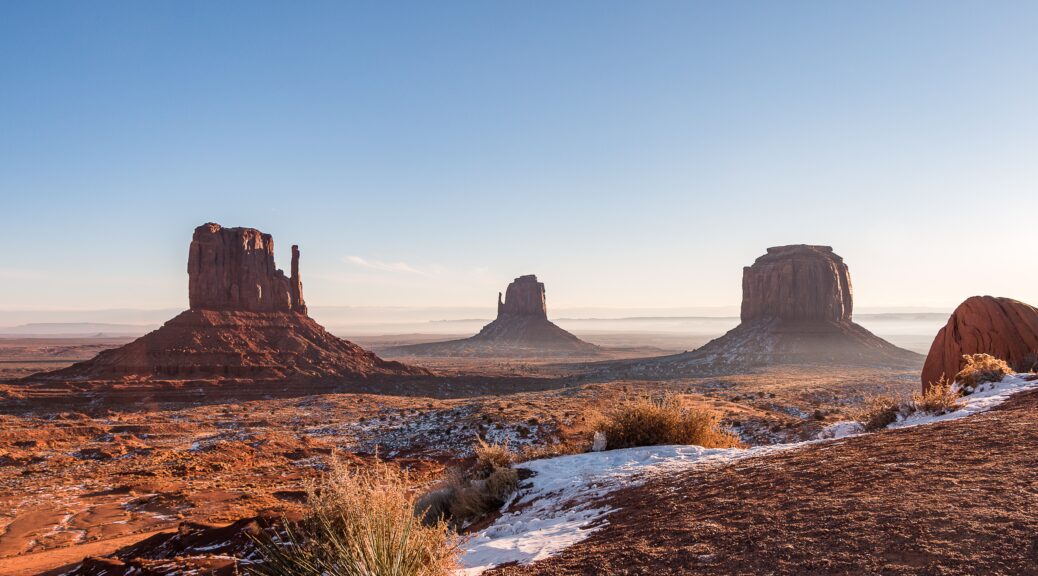
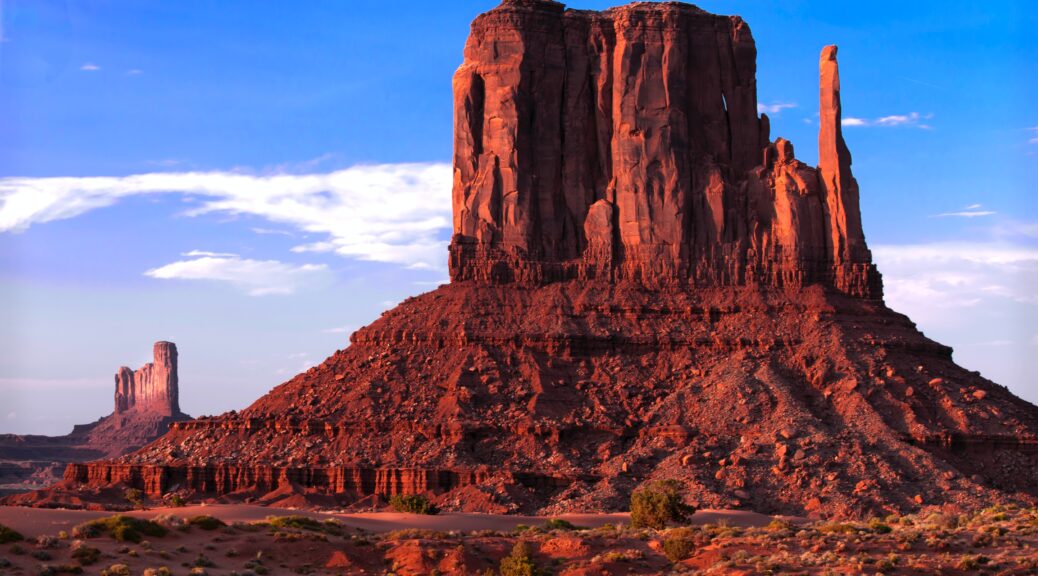
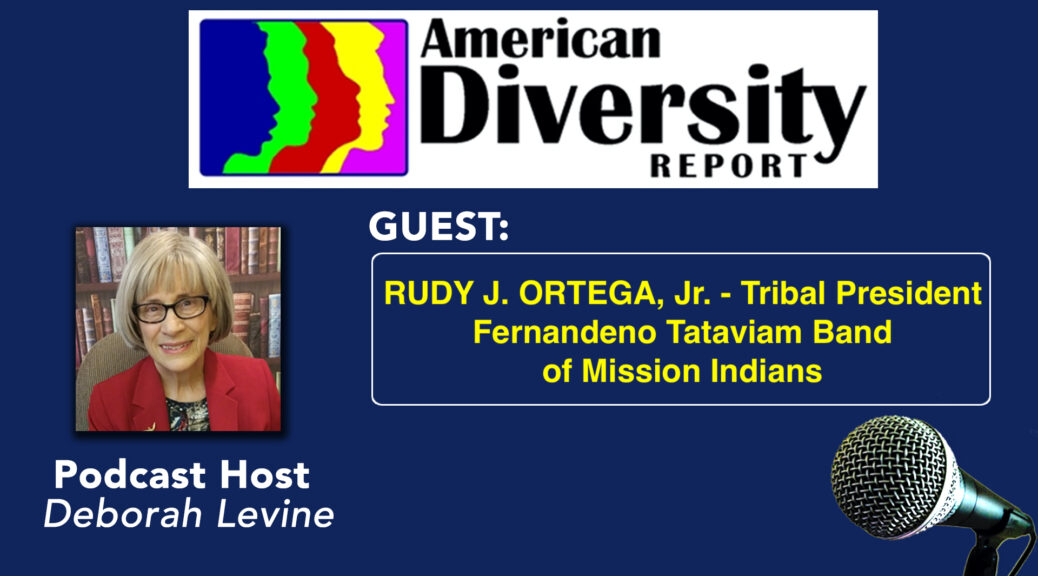
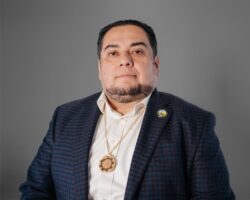 Rudy J. Ortega, Jr. is the Tribal President of the Fernandeño Tataviam Band of Mission Indians. Rudy steers the continuing efforts of the Tribe’s missions of protecting the rights of Fernandeño Tataviam as Native American people and plays a supportive role with the Tribe’s non-profit, Pukúu Cultural Community Services (Pukúu) to provide community programs to Native Americans living in the Los Angeles County.
Rudy J. Ortega, Jr. is the Tribal President of the Fernandeño Tataviam Band of Mission Indians. Rudy steers the continuing efforts of the Tribe’s missions of protecting the rights of Fernandeño Tataviam as Native American people and plays a supportive role with the Tribe’s non-profit, Pukúu Cultural Community Services (Pukúu) to provide community programs to Native Americans living in the Los Angeles County.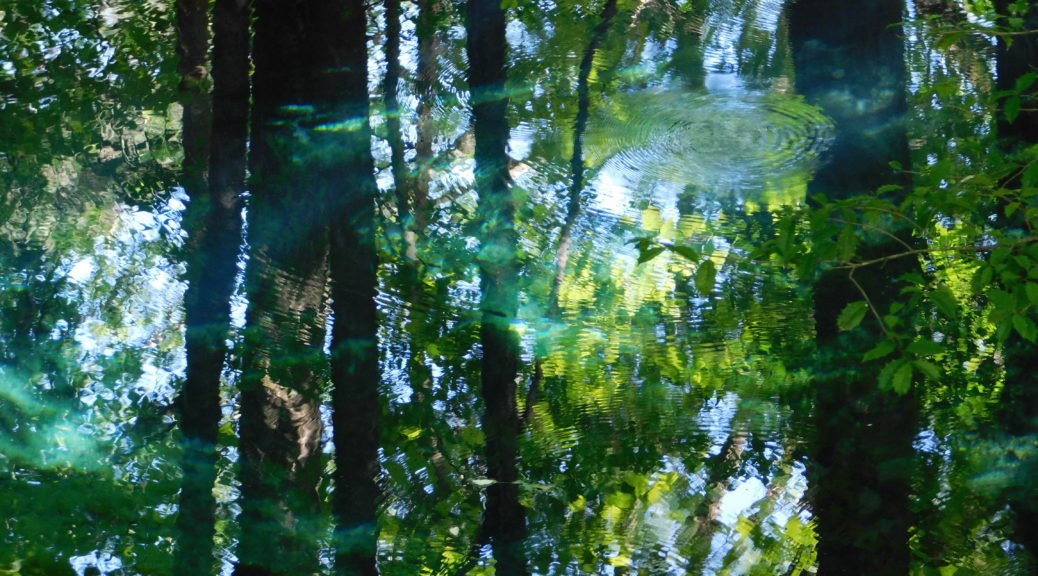
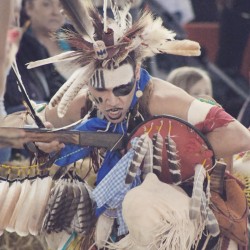 When regional Native Americans convene in Chattanooga’s First Tennessee Pavilion, you’ll find me there, too. This year, the gathering seemed larger and more energetic than ever. I come to admire the colorful dress, hear the drum circle, and watch the dancing. The booths full of Native American arts and crafts are irresistible and my drawers are full of jewelry purchased there. I also come for the honor guard, a promenade of Native American veterans, police, firemen, and war mothers.
When regional Native Americans convene in Chattanooga’s First Tennessee Pavilion, you’ll find me there, too. This year, the gathering seemed larger and more energetic than ever. I come to admire the colorful dress, hear the drum circle, and watch the dancing. The booths full of Native American arts and crafts are irresistible and my drawers are full of jewelry purchased there. I also come for the honor guard, a promenade of Native American veterans, police, firemen, and war mothers.